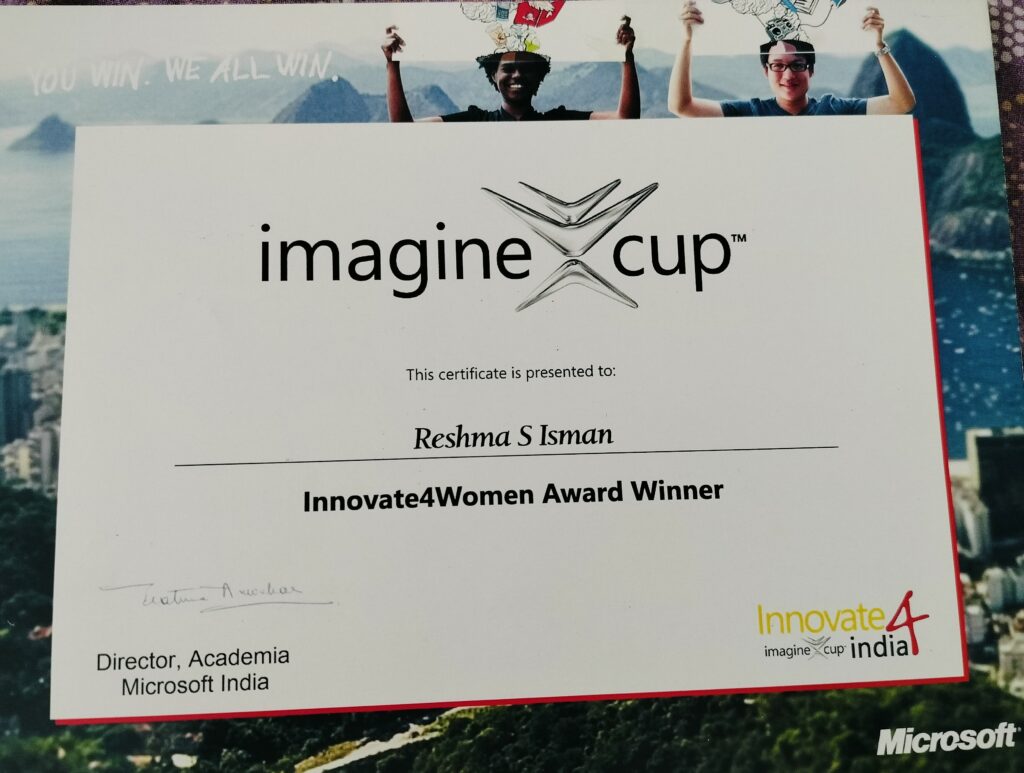By Chelsea Corsi (she/her), Senior Wellness Coordinator
In my role as Senior Wellness Coordinator, it feels like I use the term mental health all the time, so… what exactly is mental health? “Mental health is the state of your psychological and emotional well-being. It is a necessary resource for living a healthy life and a main factor in overall health” (Government of Canada, 2020, para 1). Positive mental health allows us to build resilience, develop and utilize coping skills, and enjoy life. Mental health can flourish when we are able to develop strong connections with family, friends, and community members; set realistic goals for ourselves; and accept ourselves and others. Our mental health is also boosted if we have access to opportunities that allow us to create a sense of meaning and purpose in our lives (engage in activities we enjoy, volunteer, etc.).
The status of our mental health can be influenced by many factors, including but not limited to, our life experiences, relationships with others, work/school environment, physical health status, our community connectedness, structural conflict, and the social determinants of health, which include the personal, social, environmental, and economic systems in society that can create inequities in health, such as one’s gender, income, educational status, experiences of/structural racism, culture, access to health services, food insecurity, etc. (CCSDH, 2015; Government of Canada, 2020; WHO, 2024).
I have been in my wellness role on campus for the past 20 years, and in that time, I have felt a palpable erosion in student and faculty mental health at both the individual and community levels. I started to sense a real shift about eight or nine years ago, however, the recent COVID-19 pandemic has created an unprecedented global mental health reckoning, that is directly impacting the lives of students, faculty, and staff at campuses across Canada.
For example, a report entitled The New Abnormal: Student Mental Health Two Years Into COVID-19 commissioned by the Canadian Alliance of Student Associations (CASA) and the Mental Health Commission of Canada (2022), identified key findings about students’ experiences of mental health and well-being:
- 3 in 4 students reported experiencing negative mental health during their studies.
- More than 1 student out of 4 reports their mental health as poor.
- Three-quarters of students reported that their mental health has been negatively impacted by the COVID-19 pandemic, on par with 2021 levels.
- 70% of students reported their ability to maintain social connections has been negatively impacted.
- Students who identified as a visible minority, 2SLGBTQ+, Indigenous, living with a disability, or living with a pre-existing mental health concern were disproportionately impacted by the pandemic.
- 68% of students indicated that the pandemic has worsened their overall health, negatively impacting their physical activity levels, diets, and ability to maintain social connections (p.7).
While available research on faculty specific mental health needs is limited compared to that of students, in a narrative review of the literature related to faculty well-being, Hammoudi Halat et.al. (2023) pointed to a myriad of intersecting and complex factors that can significantly impact faculty mental health. High expectations of faculty work in academia which requires rigor, scholarship, publishing, grant acquisitions, collaboration with peers, teaching, mentoring, leadership, service, and innovation, as well as tenure, promotion, and a culture of competitiveness, can contribute to a pressure-filled environment that has the potential to result in negative mental health symptoms for faculty. Also, being seen as responsible for ‘student success’ and required to continuously provide extra support to students who are struggling with their academic and personal wellness, can be exhausting for many faculty, who might start to feel overwhelmed with their own work-life balance. In multiple studies reviewed by Hammoudi Halat et.al., (2023), faculty reported feelings of “depression, anxiety, suicidal ideation, unfulfillment, frustration, isolation, difficulty concentrating, lack of motivation, irritability, and sadness” (p.4). These symptoms can influence how faculty members are able to navigate their multi-faceted roles and how they contribute to the academic/work environment. Sprinkle in a little global pandemic, and faculty are struggling too.
Considering mental health is influenced by numerous intersecting factors, and we as faculty are not immune to the global mental health crisis, is there a way we can endeavor to create classroom environments that are conducive to well-being and contributes to a caring, compassionate, and flourishing campus community?
Before I provide my insights on this, let me be totally transparent – I am an instructional support faculty member who does not spend as much time in official ‘classrooms’ compared to those of you who are in teaching faculty roles. I honour the work you do every single day and acknowledge many of you are leaders in creating environments that support mental health and wellbeing (if that is you, let’s talk so we can collaborate!). With my background in health and wellness, I know a few things about a few things, so I will offer some ideas for your consideration and a few resources that might support and enhance the work you are already doing.
1. Let’s start with a little self-reflection – how is YOUR wellness? – I say this with true kindness and compassion – no one can draw water from an empty well; if we are not nurturing our own health, it will be very challenging to support others. Research finds that faculty often do not come forward to seek support with their own mental health due to lack of awareness about resources, shame, stigma, and fear of discrimination and negative career impacts (Hammoudi Halat et.al., 2023). I personally know how hard it is to prioritize our own wellness as faculty when there are individual, family, and systemic barriers at play, so no judgment here if you are struggling to make yourself a priority. I might suggest that a baseline action could be spending time reflecting on how you are feeling. Are you feeling joy? Do you feel like you have energy? Do you feel overwhelmed a lot of the time? Are you ready to make a change to support your wellness? Here to Help BC has some great self-screening tools on mental wellbeing, anxiety, depression, body image, and substance use, etc., you can easily access online if you are interested in a personal wellness assessment. https://www.heretohelp.bc.ca/screening/online/
2. Learn more about the mental health and wellness resources available for you and for students – Knowledge is power. The more you know about what resources are available, the better chance you have in accessing those services and supports. I do acknowledge, however, that based on one’s own level of privilege and positionality in society, some faculty and students may still experience barriers when attempting to access resources. Also, based on what I already mentioned about the social determinants of health, there are oppressive systems at play that can have more impact on our overall wellness than any individual choice we make. With that being said, if there are barriers impacting your access to resources, I might suggest that you contact Sam Nielson, TRU Campus Wellness Advisor (snielson@tru.ca), or Megan Gerow, Disability, Wellness & Accessibility Advisor (mgerow@tru.ca), as it is within their roles to support you in navigating the health and wellness information, education, and engagement opportunities you are entitled to as a TRU employee. TRUFA is also available to support you if you are experiencing work-place conflict, harassment, harm, or any breaches in the collective agreement (trufa.ca).
For student-related resources, the various offices under the Faculty of Student Development (FSD), TRUSU, TRU World, etc. have numerous faculty and staff available to support students struggling with personal or academic related issues. FSD provides direct mental health supports for students such as counselling, accessibility services, student affairs, and the medical clinic. You can call 250-828-5023 or email fsd@tru.ca if you are concerned about a student and need support. Don’t forget about the spaces and places that have been designed with student health in mind – the Wellness Centre (OM 1479), Cplul’kw’ten (House 5), and the Intercultural space (House 4) which all offer a variety of supports and people connection points for students. Students can also access a 24/7 mental health service called Keep Me Safe by downloading the Telus Health Student Support App. Keep Me Safe provides counselling supports as well as a plethora of prevention and wellness information.
If at any time you or a student need mental health crisis supports, there is the new national mental health crisis line you can access 24/7 by calling or texting 988. You can also try the local Mental Health and Substance Use Line by calling 310-MHSU from anywhere in the Interior of BC.
3. Enhance your literacy and understanding about wellbeing in learning environments – Classrooms are vital mini-communities within the campus context, and as such, are the perfect place to nurture health and wellbeing. Luckily for us, Simon Fraser University’s (SFUs) health and wellness team worked with faculty over the course of a few years to create an award-winning model that connects classroom faculty’s engagement with campus wellbeing. In their research they found 10 key classroom practices that boosted wellness: social connection, optimal challenge, civic engagement, instructor support, inclusivity, personal development, services and supports, positive classroom culture, flexibility, and real-life learning (SFU, 2024, p.1). An example of instructor support could be telling students that you care about them and their success, while validating their concerns and lived experiences. Inclusivity can look like prioritizing universal design, using inclusive language, and creating a classroom that honours diversity and respects differences. Through these intentional strategies, a reciprocal wellness relationship is fostered between faculty and students. If you are interested in accessing SFUs model and vast resource library, please see this link:
4. Look no further than our own backyard! – The hardworking folks at TRU’s Centre for Excellence in Learning and Teaching (CELT) continue to provide fulsome education, support, and engagement opportunities to nurture and enhance faculty’s growth and development. I am amazed at the breadth and depth of workshops and engagement CELT provides that directly connects to the creation and enhancement of classrooms conducive to wellbeing. For example, they offer workshops on decolonizing and Indigenizing the classroom and curriculum, universal design for international students, supporting international student’s academic success, wise practices in collaborative work, etc. Check out their on-line guide to see what upcoming learning opportunities await! https://www.tru.ca/celt.html
If I can leave you with one last thought it is this, if you are struggling with your mental health and wellness you are not alone. Life is really hard right now, however, please remember that you and your health do matter. Because our mental health and wellbeing directly impacts our ability to find joy, peace, adventure, and engagement in life, if you find yourself wanting to improve your mental health, starting with one small shift you can control can be very powerful. Small changes can equal big impact to our overall wellness; a total life revamp isn’t necessary. If we have the capacity to engage with our wellness and take steps to integrate even one of the aforementioned strategies into our lives and in the classroom, it could truly shift the wellbeing of our community for the better.
References
Canadian Alliance of Student Associations & The Mental Health Commission of Canada (2022). The new abnormal: Student mental health two years into COVID-19. https://assets.nationbuilder.com/casaacae/pages/3470/attachments/original/1664377984/Abacus_Report_2022_%281%29.pdf?1664377984
The Canadian Council on the Social Determinants of Health. (2015). A Review of frameworks on the determinants of Health. http://ccsdh.ca/images/uploads/Frameworks_Report_English.pdf
Government of Canada. (2020). About mental health. https://www.canada.ca/en/public-health/services/about-mental-health.html
Hammoudi Halat, D., Soltani, A., Dalli, R., Alsarraj, L., & Malki, A. (2023). Understanding and fostering mental health and well-being among university faculty: A narrative review. Journal of Clinical Medicine, 12(13), 1-28. https://www.ncbi.nlm.nih.gov/pmc/articles/PMC10342374/pdf/jcm-12-04425.pdf
Simon Fraser University (2024). Creating conditions for well-being in learning environments. https://www.sfu.ca/content/dam/sfu/healthycampuscommunity/PDF/WLE/Creating%20Conditions%20for%20Well-being%20in%20Learning%20Environments.pdf
The University of British Columbia (2024). Wellbeing in teaching and learning environments. https://wellbeing.ubc.ca/wble
World Health Organization (2024). Mental health. https://www.who.int/health-topics/mental-health#tab=tab_1







